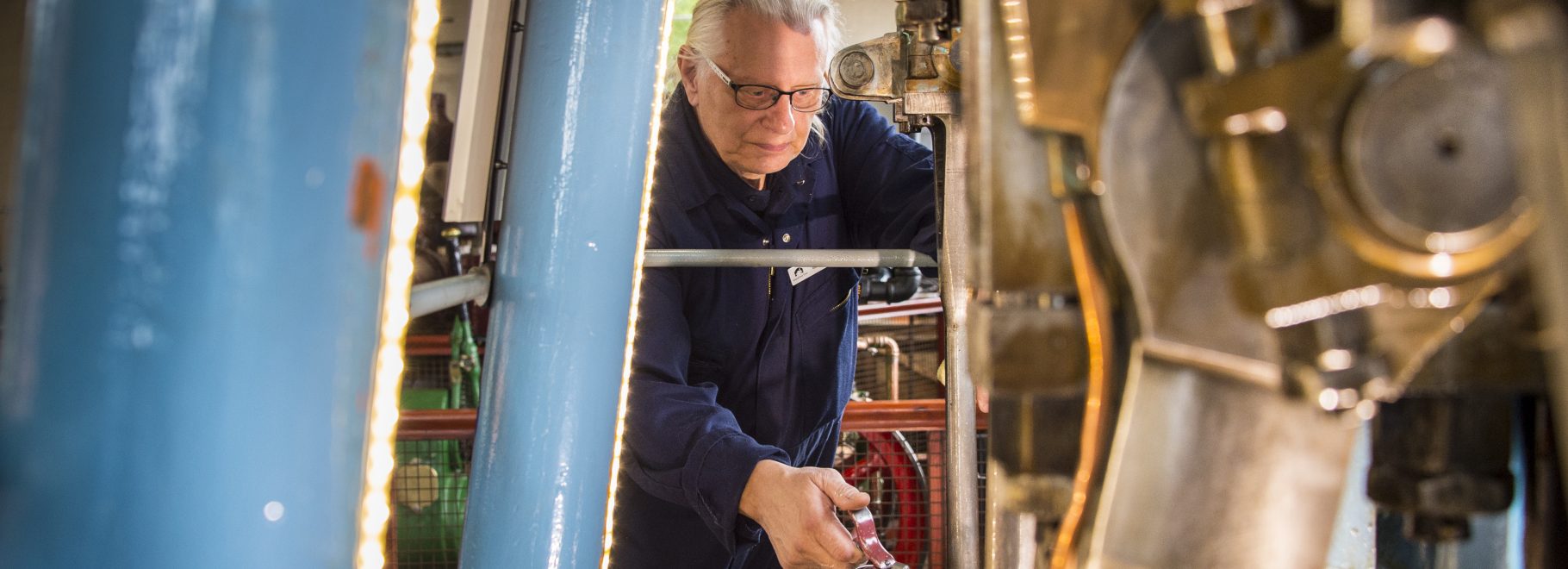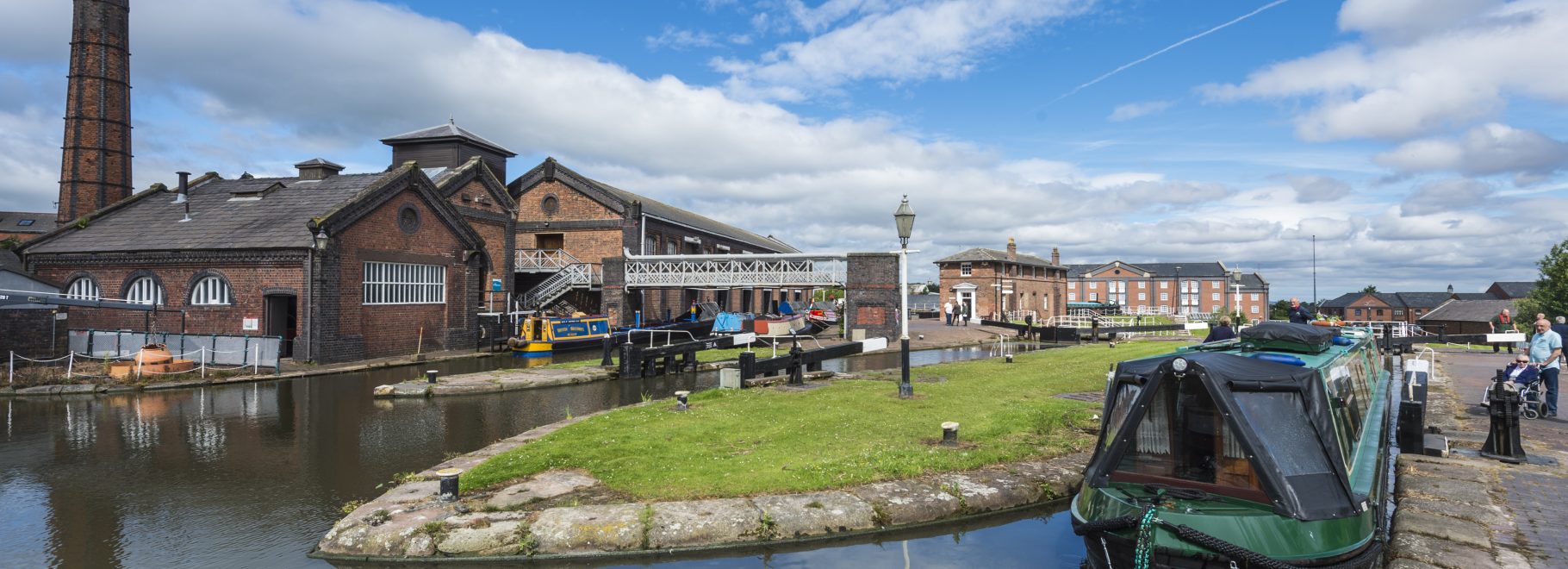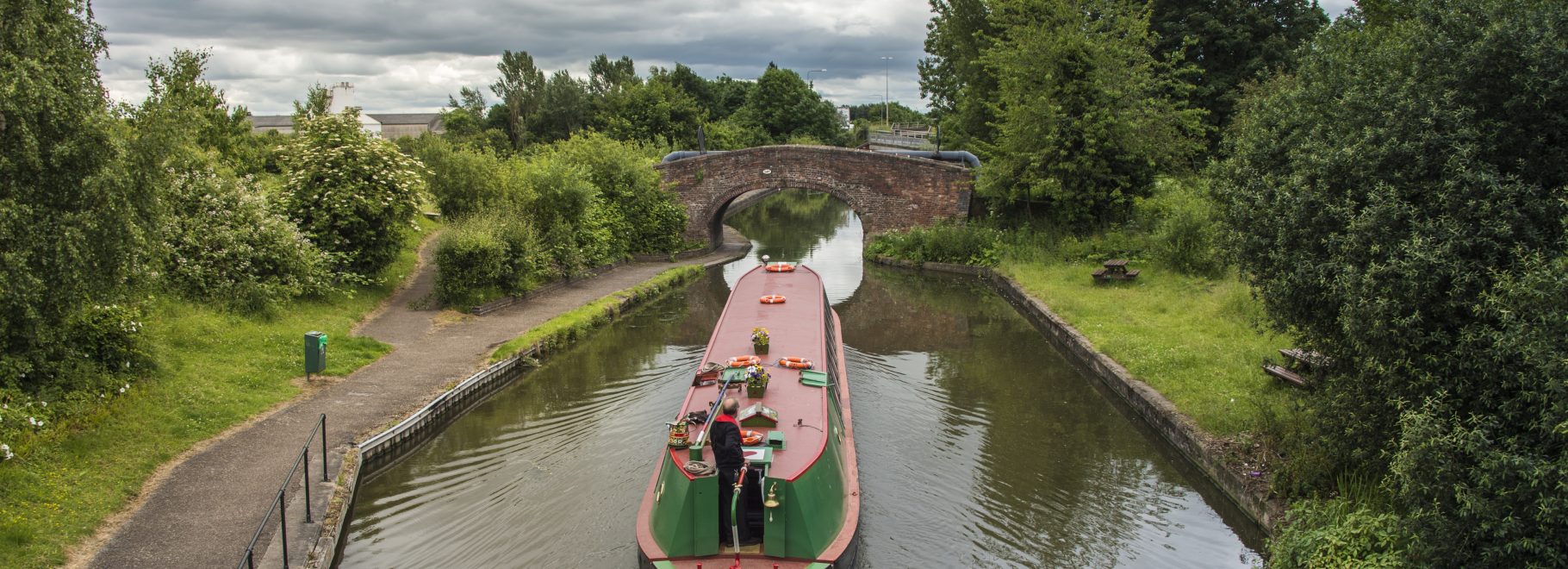National Waterways Museum, Ellesmere Port, UK
The National Waterways Museum tells stories of how waterways transform Britain. Through the care and use of our collections, these stories enrich the lives of our present and future audiences, creating inspirational, informative and entertaining experiences.
The Canal & River Trust own and operate three museums based at Ellesmere Port, Gloucester and Stoke Bruerne which hold the most comprehensive collection of artefacts that tell the story of Britain’s canals and navigable rivers over the last three hundred years. The collection consists of over 12,000 objects – including sixty-eight historic boats and a significant archive of historic records and images which alone occupies 1.5 km of space. The collections are Designated by Arts Council England (a scheme which identifies and celebrates outstanding collections) as being of national significance with the majority of the boats on the National Historic Ships register and twelve vessels part of the elite National Historic Fleet. The Waterways Archive is without parallel elsewhere in the UK and recognised as being of international significance.
The museums are situated in historically significant sites; Ellesmere Port was the largest Inland Waterway dock complex in the UK and is now a conservation area with 19 Grade II listed buildings, while Gloucester Waterways Museum is housed within Llanthony Warehouse, a seven storey, Grade II building built as a corn warehouse in 1873 and part of the Gloucester dock complex. The location of both sites is significant – Ellesmere Port is just across the River Mersey from Liverpool and derived much of its trade from the transhipment of goods and cargo from ocean going vessels to inland craft for the industrial heartlands of the Midlands and the North West. Gloucester was an important medieval commercial and political centre and until the nineteenth century was the lowest crossing point on the River Severn. Until the same time, it was the furthest point inland that sea-going vessels could dock and unload cargo for transhipment by canal. Both of theses sites fed the burgeoning industrialisation of the Midlands & Manchester, the industrial heartland of the UK, during the 19th century. Stoke Bruerne Canal Museum is housed on two floors of a historic corn mill at the end of a row of canal cottages sitting alongside the Grand Union Canal in the heart of rural Northamptonshire and was the country’s first canal museum.
Museum websites:
National Waterways Museum Ellesmere Port
National Waterways Museum Gloucester
Waterways Archive – The Waterways Archive | Canal & River Trust (canalrivertrust.org.uk)







